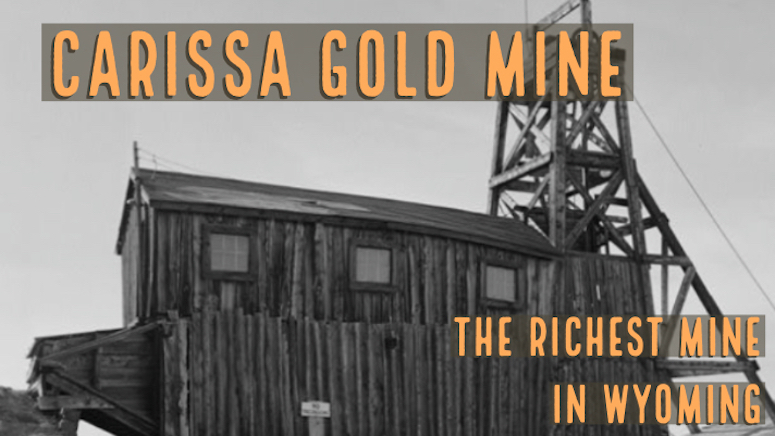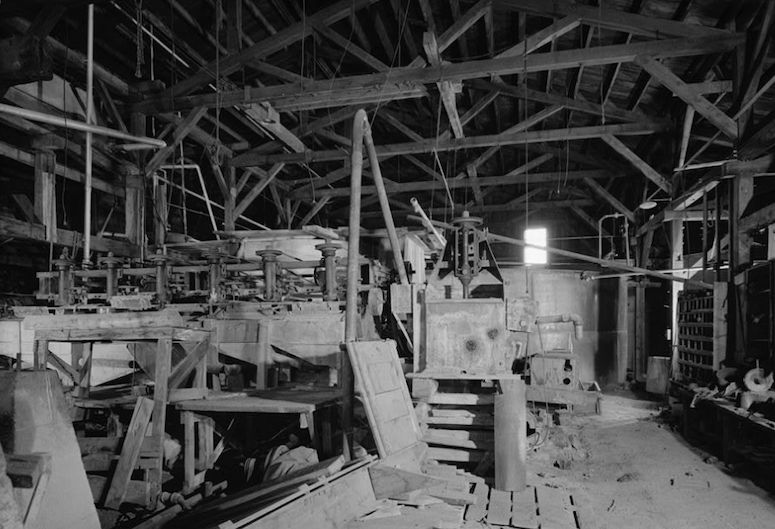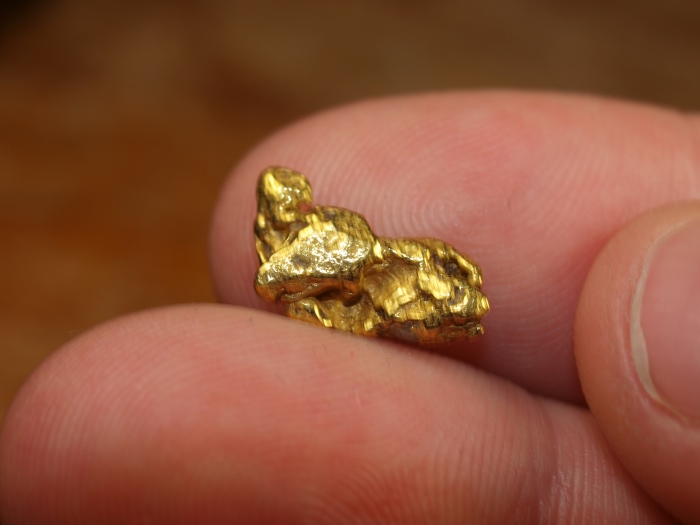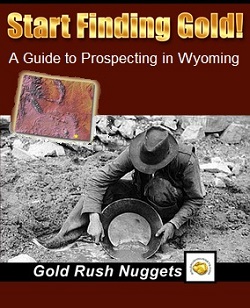
Mineral extraction is one of the most significant drivers of Wyoming’s economy. In fact, the Equality State is among the United States’ top producers of natural gas, coal and crude oil.
What most people don’t know is that Wyoming is also home to rich deposits of gold and silver, with its own gold rush originating in the quaint little town of South Pass City.
Today, South Pass City is a part of Fremont County. Though a small and easily-missed part of Wyoming today, it was actually the second-largest town in the state’s early days. In fact, the man behind Wyoming’s nickname as the Equality State was from there — a saloonkeeper named William Bright – who introduced the bill for women’s suffrage in 1869.
South Pass City Gold Rush
It was during this period that South Pass City saw its population boom, and it owes it all to gold. A few years earlier in 1867, Lewis Robison rode into Great Salt Lake City with an interesting find, a crushed quartz rock that held 40 ounces of gold dust. The gold ore was refined into a bar worth $740, with a fineness of 934.5. The discovery was published in the Utah newspaper, and locals rushed 200 miles northeast in what would be the beginning of Wyoming’s gold rush.
Several new mines began springing up as the city was established, but the Carissa Mine was the principal mine and the richest in terms of deposits. Half a mile away from South Pass City, it was originally called the Carisso ledge. It was this rich shelf that produced Robison’s discovery.
One miner named John H. Gerrish was reported to have selected from some of the poorest quartz in three different places on the ledge and still unearthed excellent quality gold and silver.
Read: Crush & Melt! How to Remove Gold from Rich Ores
Gold/Quartz Potential of the Carissa Mine
The Carissa Mine was South Pass City’s primary economic engine, employing most of the locals and producing more than 180,000 ounces of gold. However, its production could have been significantly greater if not for the tapering off of mineral activity in the area. Sporadic finds and the growth of mining in other areas with less severe weather led to the population in South Pass City thinning.
The Carissa mine closed permanently in 1954, and the State of Wyoming purchased the property from private claim owners and withdrew it. As a result, the true mineral wealth remains a mystery.
Perhaps it is this mystery that adds to the charm of the Carissa Mine. The property is largely untested and is thought to have much greater gold resources, remaining a favorite of avid miners. In the 1980s, preliminary samples of the Carissa Mine led to estimates of a 109,000-ounce reserve, averaging 0.343 to 0.850 oz/ton with a cutoff grade of 0.299 oz/ton.

Greenstone Belt Minerals of South Pass City & Atlantic City
On top of that, the Carissa Mine sits on the western flank of the Wind River Range. This area is predominantly a mass of granite and greenstone, which explains the quality of the gold discoveries made there. Greenstone belts are often excellent mineral resources, housing rich ore shoots throughout the structure. They are thought to have formed from the margins of proto-continents from long ago. And when we say long ago, we mean it — the South Pass greenstone belt is Archean, meaning it’s more than 2.5 billion years old!
Within this belt, high-grade gold was identified on the major shear structure up to a depth of 970 feet. This is encased in a wide shear envelop which also bears gold of a slightly lower quality. In addition to the sought-after mineral, the South Pass greenstone belt has also produced iron and some amounts of copper, silver, tungsten and asbestos. The portion of the belt where the Carissa Mine rests remains largely untapped as the mine is now part of the South Pass City historic site.
Other mines in the area, though not as rich as the Carissa Mine, also produced a good amount of precious metal. Within a few miles of South Pass City are the Franklin Mine, Shields Mine, B & H Mine, Barr Mine, and King Soloman Mine.
Just over the hill at Atlantic City were several other active mining operations. They included the Duncan Mine, St. Louis Mine, Mary Ellen Mine, Diana Mine, and Garfield Mine. Countless smaller prospects can be found in the hills above Rock Creek.
Dredge Placers on Rock Creek
The South Pass area still saw some mineral development after the closure of the Carissa Mine, albeit at a slower pace. In the 1930s, E.T. Fisher company dredged Rock Creek for deposits for a decade, producing up to 30,000 ounces of placer gold.
These dredge tailings are still quite evident in Atlantic City. Bucket line dredging began approximately 1 mile above town and extended down Rock Creek for about 7 miles. Old reports noted that most of the gold was within 3 feet of bedrock. Most of this gold was fine, but some large nuggets were also recovered.
Dredging ceased at the beginning of World War II when operations were shut down and efforts were redirected to the war. In the years that followed the war, placer-hunting did not resume, and the area subsequently became a ghost town.

Visiting South Pass City and the Carissa Mine
The Carissa Mine remains a great starting point to discover the history of South Pass City and unearth its untold mineral wealth. Mining tours are regularly conducted during the summer months for anyone wanting to immerse themselves in Wyoming’s brief gold rush.
The mine’s structure and various machinery are quite well preserved, making for an excellent field trip back in time!
Wyoming is often overlooked by gold prospectors. Compared to other Western states, the gold deposits found in Wyoming are not as extensive. There are plenty of areas that a person can find gold though, and the area around South Pass City and Atlantic City would be prime areas. Of course the Carissa Mine itself is off-limits to active prospecting, but are other areas within the Wind River Range that could produce some gold.
The Wyoming Prospectors Association would be a good place to start if you want to learn more about finding gold and actually do a bit of gold panning. By joining a club you can get access to several gold-bearing claims and also take part in club outings. It’s a great way to meet fellow prospectors.
The heyday of the Carissa Mine are long over, but there is still a wonderful history here. This is a fascinating area to visit and learn about the mining history of Wyoming.
Next: Gold Prospecting in Wyoming

